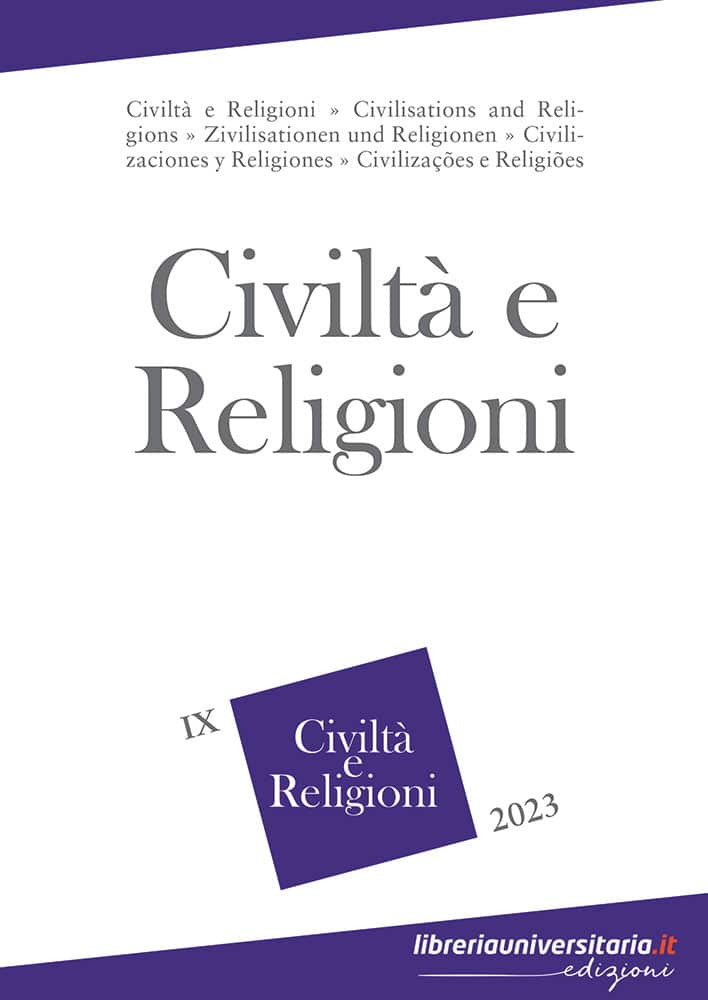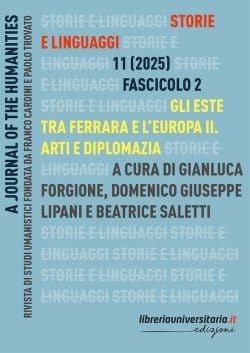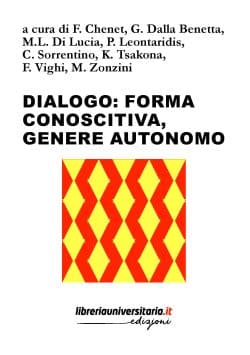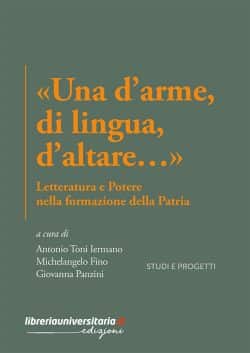Indice
a cura della Redazione di Civiltà e Religioni
Ileana Chirassi Colombo
Luigi M. Lombardi Satriani
Marc Augé
The Pseudo-Homeric Hymn to Hermes is one of the most difficult poems to be interpreted within the sylloge of the so-called Homeric Hymns: this is especially due to the complexity of its narrative architecture. Among the most challenging elements to be analysed is the poet’s choice to set the birth of the little god and some key events of the story-telling in a cave on the Cillene, where the child Hermes lives with his mother Maia. Not only is the Hymn the only occurrence in which the birth of the god takes place in a cave, but this same space is constantly defined and redefined without any apparent coherence. This contribution intends to use the hermeneutic categories made available by material anthropology, in particular the work of Daniel Miller, to offer a coherent reading and a convincing explanation of the poetic choices of the anonymous author of the Pseudo-Homeric Hymn.
In this paper, I focus on the magical use of the 24 presbyters in Hay 1 (a.k.a. the London Hay Cookbook; British Museum EA 10391), an eighth- or ninth-century ce magical handbook. I examine how these characters from the biblical book of Revelation were integrated into its spells, with particular attention to the diverse ways in which they were connected to the conceptual domains of writing, materiality, and performative gesture. I then reflect on the implications of the word-material-gestural relationships, which this object would have theoretically engendered, for biblical reception history. I argue that magical objects, such as this handbook, contribute to the reception history of the Bible by demonstrating the great extent to which biblical use in late antiquity and in the early medieval period was multi-traditional, multilayered, and multisensory.
This contribution aims to offer some preliminary considerations about Kircher’s China Illustrata, a work meant to convey to Europe information on the Far East derived from first-hand accounts of other Jesuits who had visited those lands. Alongside the description of idolatrous practices, as well as the natural and architectural wonders of China or the semi-legendary journeys of some saints of the past, the work presents an attempt to link hieroglyphic writing to Chinese ideograms, in accordance with the current interpretation of the time. On the other hand, it also discusses in detail and with greater scientific accuracy the Christian inscription dating back to the Tang dynasty, which had been found near the ancient capital Xi’an in 1625. Finally, Kircher’s text is also worth mentioning because of its interpretation of Confucius as part of the line of the prisci theologi.
The article examines how Italian immigrants and their offspring experienced Catholicism in the United States during the decades of the mass transatlantic exodus. Drawing upon previous studies and supplementing their findings with uncharted primary sources, it resorts to faith-related issues to highlight the shift from a localistic self-perception to a sense of belonging based on their common Italian roots. Although most newcomers and their children were Catholics, a prevailing attitude of campanilismo initially characterized their religious life and practices, contributing to the fragmentation of the Little Italies between the late nineteenth and the early twentieth century. Not even the establishment of national parishes, meeting the spiritual needs of all Italian immigrants regardless of their specific places of origin in the native country, was an exception to this trend. Yet, in part in response to discrimination by other Catholic minorities such as the Irish, the way Italian Americans practiced their faith eventually showed their emerging Italianness.
This paper offers the first outcomes of an ethnographic research in the city of Trani. I am interested in capturing the perpetuation of the memory of a legend related to the desecration of a host by a Jewish woman, which allegedly occurred during the Middle Ages. The analysis focuses on the local historiographical field, offering a critical analysis. It then goes on to investigate attempts to reactivate the memory of the eucharistic miracle by a small group of devotees representing the most traditionalist part of the devotees in the Apulian city, and of its clergy. Finally, an attempt is made to investigate the relations between the memory of the legend and attempts to reactivate certain processional rituals, within a more general reflection on the relations between ritual and memory.





